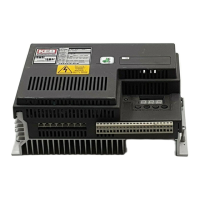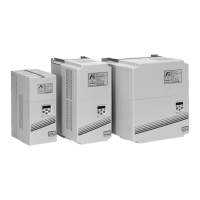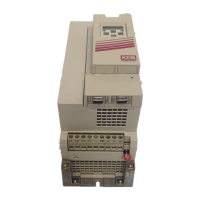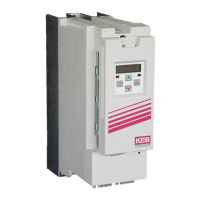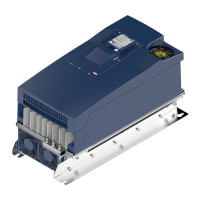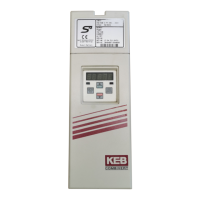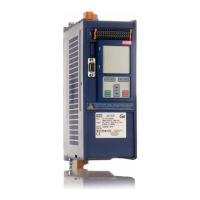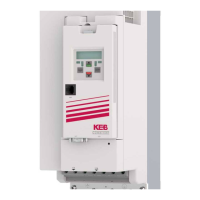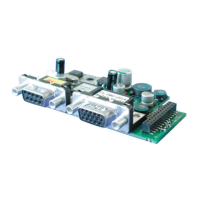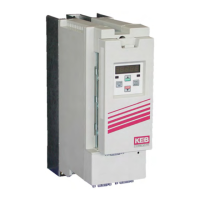Always note inverter voltage. Select appropriate over current protection
devices, select disconnect device, and select proper wire size before begin-
ning the wiring process. Wire the drive according to NFPA 70 Class 1 re-
quirements.
The correct wire gauge for each size inverter can be selected from the charts
in Sections 2.4-2.5. The wire gauge is based on the maximum fuse rating for
the inverter. The terminal tightening torque can be found for each unit in the
same charts.
Always use UL-listed and CSA-approved wire. Use 60/75°C copper conductors
only for equipment rated 100 Amperes or less and use 75°C copper conductors
only for equipment rated greater than 100 Amperes! Use minimum 300V rated
wire with 230V systems and minimum 600V rated wire with 480V systems.
To prevent coupling high-frequency noise, the following wires must be spatially
separated from each other at a minimum distance of 8 inches (20 cm) when
they are laid parallel to each other.
• AC supply power and motor lines not connected to inverters
• Motor lines connected to inverters
• Control and data lines (low-voltage level < 48 V)
When using EMI lters, use only the wire provided with the lter to connect
the lter to the inverter. Do not add additional wire between the lter and the
inverter as this will have a negative effect on the operation of the lter.
2.2.8 High Voltage
Connections
Electrical Connection
16

